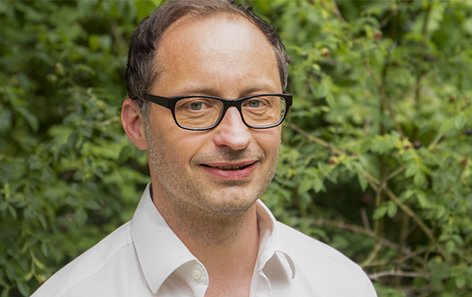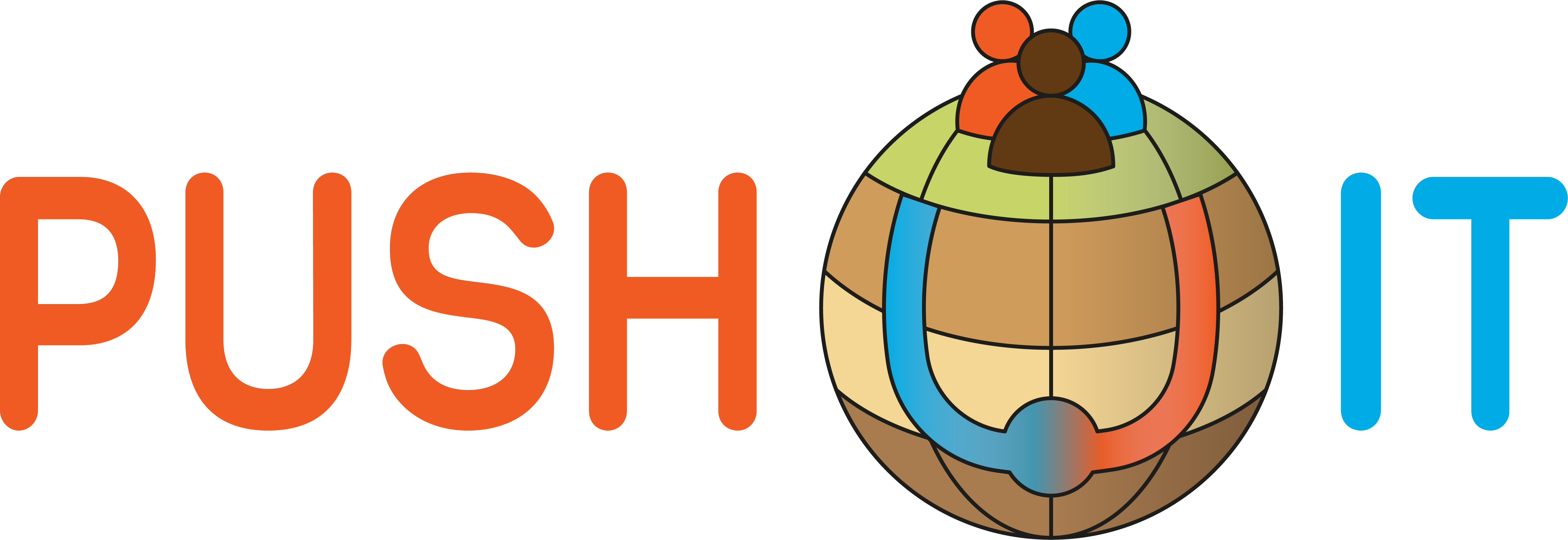Berlin (Germany)
Follower site for Aquifer Thermal Energy Storage (ATES).
In the southeast of Berlin, we will implement a high-temperature Aquifer Thermal Energy Storage (ATES) system. It will be integrated into the existing district heating network of BTB, which is the second largest heat provider in the German capital. We aim to do the following:
- Store heat from a biomass combined heat and power plans in summer to replace heat from coal and natural gas power plants in winter.
- Consider heat from different sources, such as wastewater and other renewable sources, in the future.
Project details
- Location: Adlershof district, Berlin
- Energy infrastructure:
- Current heat sources of the district heating system are a biomass power plant, natural gas combined heat and power plants (CHP), gas boiler, and coal fired power plant.
- The heat supply of residential and commercial neighbourhoods in the south-east of Berlin is currently provided by a district heating network (annual heat sales are over 650 GWh) with predominantly renewable heat (wood). The further connection of new buildings and existing neighbourhoods is expected to increase the heat demand to over 900 GWh per year in the next decade.
- Objectives of the demo site:
- Prepare for high temperature ATES application in an existing district heating network with high operating temperatures (90-110 °C).
- Develop, perform and enhance well testing methods specifically for aquifer characterisation for high temperature ATES applications.
- Develop and adapt existing methods and technologies for high temperature ATES planning and design including (1) Storage characterisation (2) Storage operation and monitoring (3) Environmental and groundwater monitoring (4) Storage performance assessment and system integration.
- Status:
- A 410 meter deep research borehole was successfully completed in September 2024. Further tests will be conducted to determine the heat storage behaviour of the Hettang sandstone. Read the full update here.
- Within a previously performed research project, an ATES exploration well was drilled in 2021 to explore suitable ATES horizons and to reduce the exploration risks for future ATES projects. Based on data from drilling and coring, a suitable ATES formation in a depth between 350 -400 m has been exploited.
Integration
The planned ATES will be integrated with an existing heating network with a total length of around 170 km and operating supply line temperatures of 95-115°C and return temperatures of 55-65°C. The target charging temperature for the ATES is 90° which is a novelty for the considered storage horizon. The discharging heat in wintertime can be transferred directly to the net to preheat the return line. In addition, it is planned to couple the ATES with a large heat pump to bring the temperature level of the produced groundwater to the network temperature level and to cool down the storage water before injection close to the natural aquifer temperature. Furthermore, it is planned to couple the ATES loop with the “waste heat” side of a large compression chiller that will supply a local cooling network. This is the first step towards the objective to combine different renewable or waste heat sources with different time characteristic, which will be much more important in the future to decarbonise the heating network and will provide important knowledge for the management of different heat sources.

- Stefan Kranz
- Process engineer, group lead: geothermal process engineering and systems integration
- kranz@gfz-potsdam.de
- www.gfz-potsdam.de
Bochum (DE)
Demo site for Mine Thermal Energy Storage (MTES).
Delft (NL)
Demo site for Aquifer Thermal Energy Storage (ATES).
Darmstadt (DE)
Demo site for Borehole Thermal Energy Storage (BTES).
Berlin (DE)
Follower site for Aquifer Thermal Energy Storage (ATES).
United Downs (UK)
Follower site for Mine Thermal Energy Storage (MTES).
Litoměřice (CZ)
Follower site for Borehole Thermal Energy Storage (BTES)

PUSH-IT is a project funded by the European Union’s Horizon Europe research and innovation programme under grant agreement No 101096566.
Funded by the European Union. Views and opinions expressed are however those of the author(s) only and do not necessarily reflect those of the European Union. Neither the European Union nor the granting authority can be held responsible for them.
